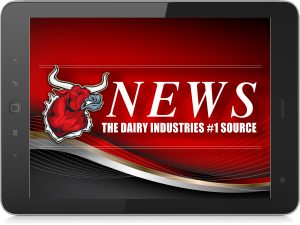 If the dairy industry did not have access to artificial insemination today, would it have consumer support to use it? On face value it may seem unlikely that such a beneficial practice could ever be questioned, but there is a strong lesson from 1945 when A.I. was being introduced into the United States when there was a common misconception that its use would cause birth defects in calves.
If the dairy industry did not have access to artificial insemination today, would it have consumer support to use it? On face value it may seem unlikely that such a beneficial practice could ever be questioned, but there is a strong lesson from 1945 when A.I. was being introduced into the United States when there was a common misconception that its use would cause birth defects in calves.
These ‘facts’ were broadcast by bull breeders, who stood to lose significant market share and income from A.I. Whenever new technologies emerge, there are always legitimate doubts around safety and benefits, but there will always be some scaremongers raising doubts only to protect their patch.
Australian dairy research has had a proud and successful role to play in the many animal and plant DNA sequence advancements that continue to deliver substantial gains for our industry. One of the new plant technologies that shows the most promise is Genome Editing (GE).
This process can change the genetic structure of plants by removing genes that are not required. It allows the changing of genes within a plant rather than transgenic processes that insert gene material into the plant. GE could provide a quantum leap for our subtropical and tropical feed base by reducing the indigestible fibre portion of our plants.
Reducing our forage Neutral Detergent Fibre (NDF) from 50 per cent to 40pc gives dairy farmers the potential to reduce feed costs by up to 50 cents, per cow, per day. There also have been exciting developments around drought and frost resistance in wheat and canola that will potentially help protect dairy from crop failure and associated spikes in feed prices.
These advancements might all be at risk if we do not bring the community and our consumers along with us. The increasing urban disconnect from modern rural practices mean we as an industry must continue to explain how dairying works. If we don’t, we risk getting caught up in the old saying – “a half-truth goes further and faster than a full one”.
Source: Stock & Land









